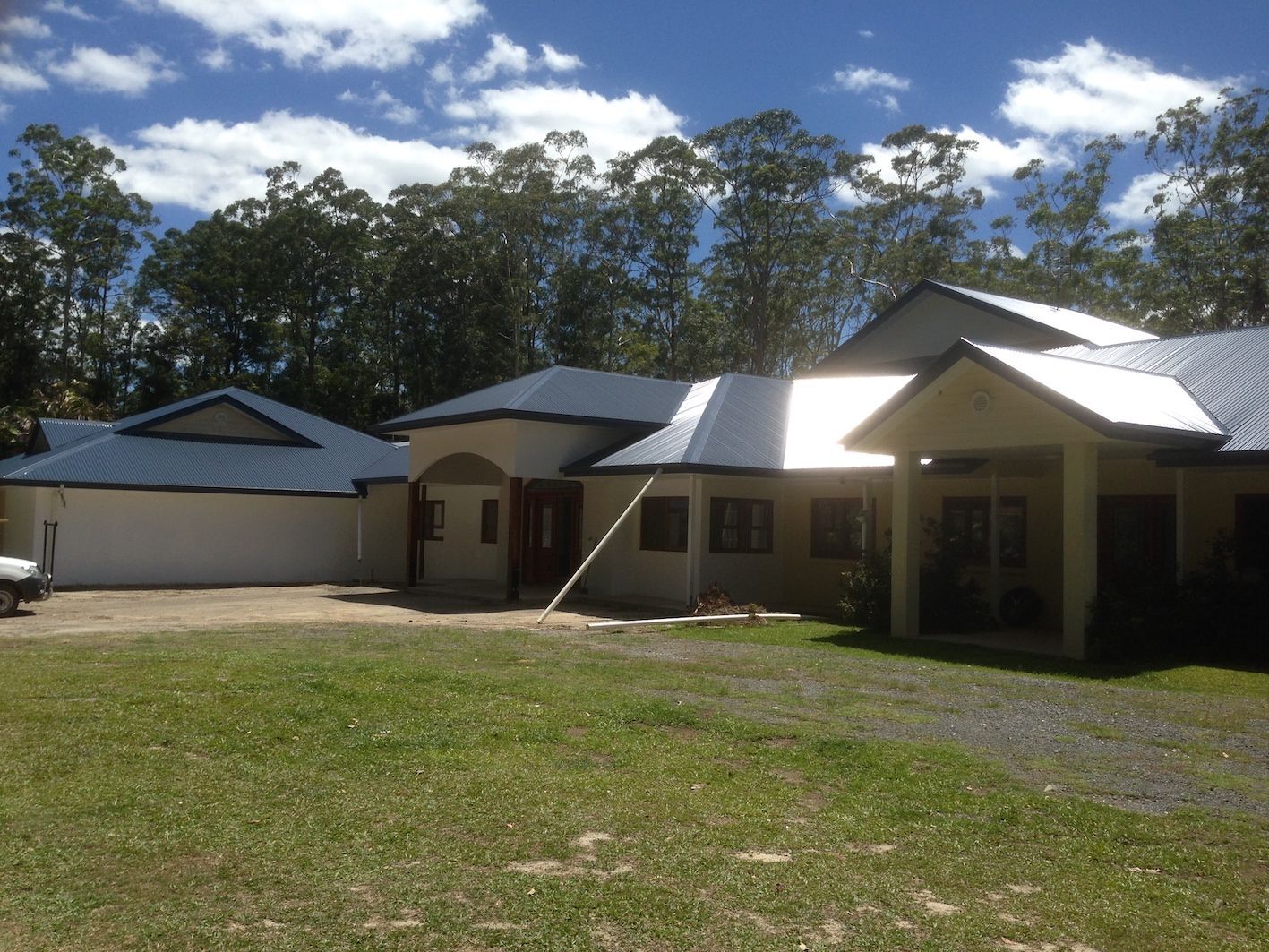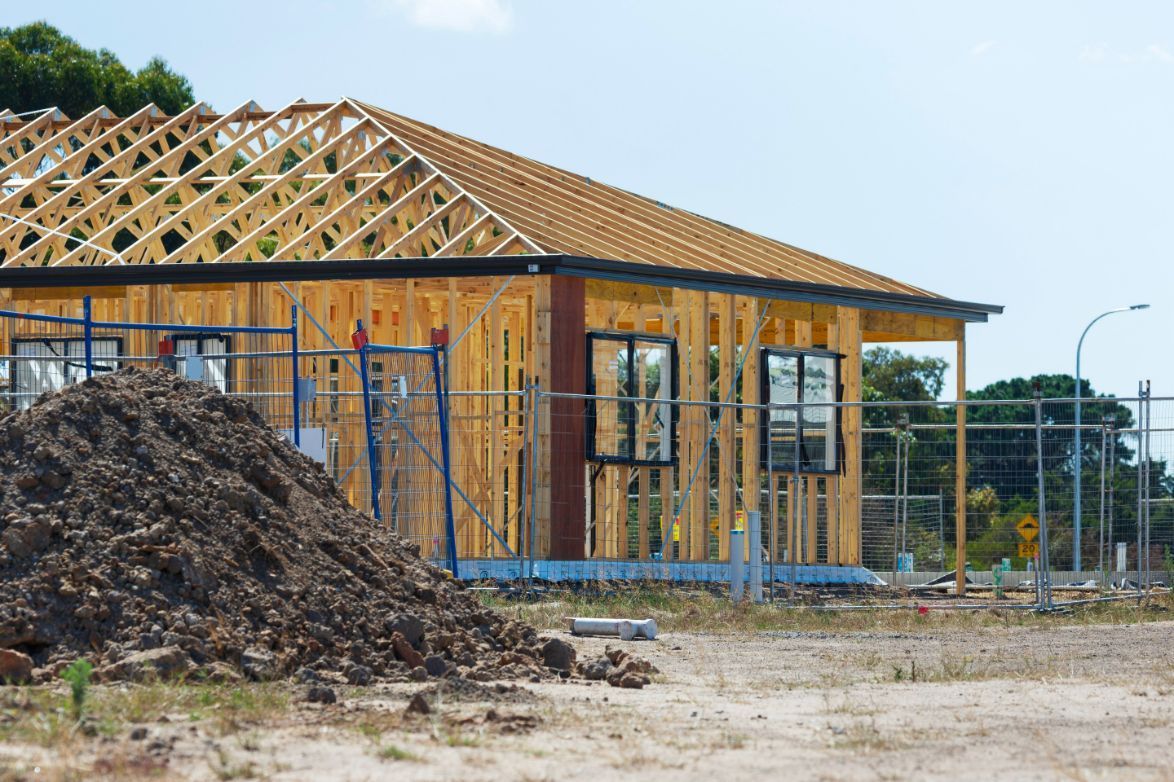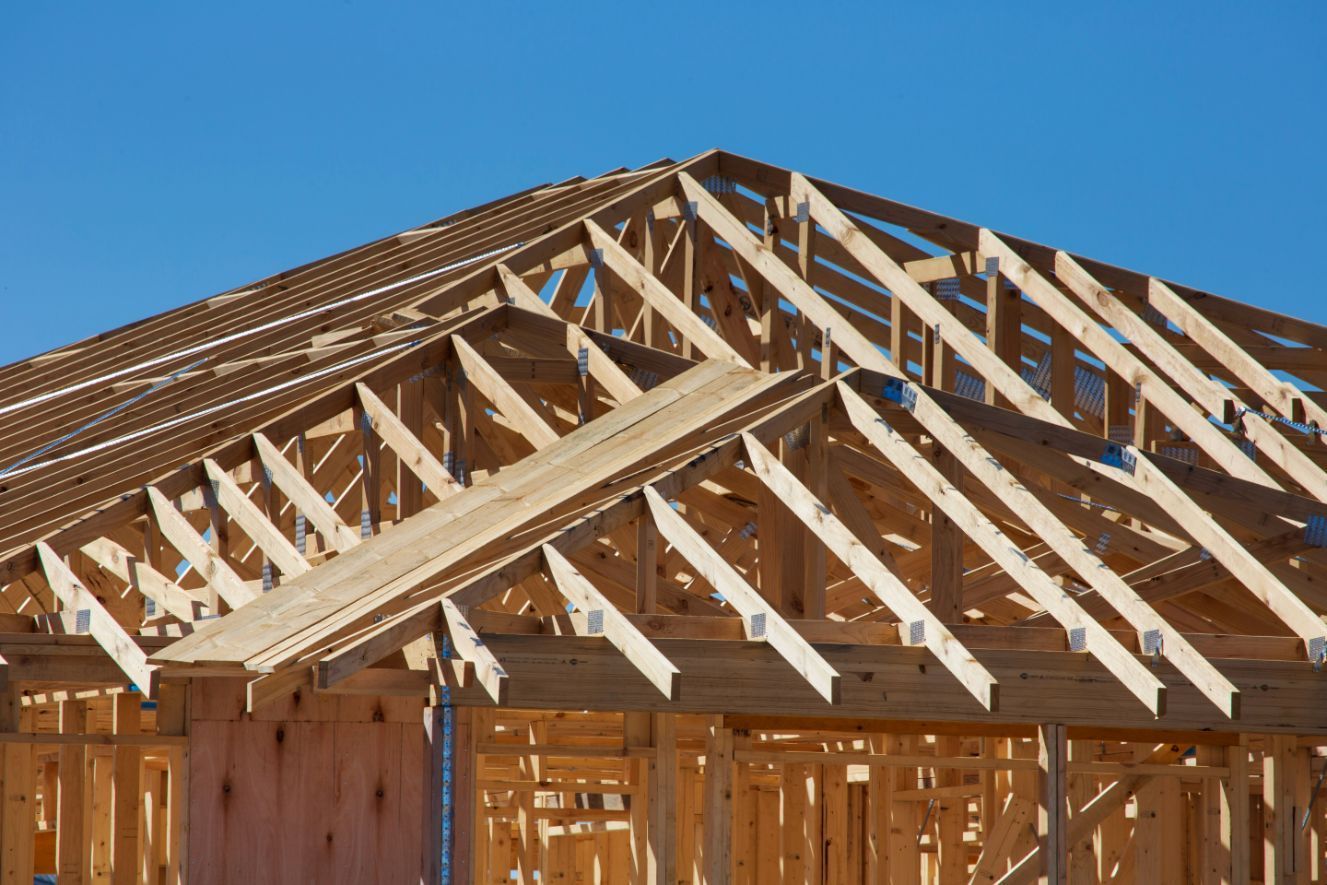Truss Facts & Useful Information
Learn more about timber trusses, Including timber preservation information.
Timber Preservation & Usage Information
Here at Leach Trusses, the timber used for our roof trusses undergoes a preservation process to enhance its resistance against wood-destroying fungi and insects. Essentially, this treatment elevates the durability of timber to a level suitable for its intended purpose. However, it's important to note that this treatment does not shield timber from the effects of weathering. For timber used outdoors, whether treated or untreated, it is advisable to apply a protective coating or oil to safeguard it from weather-related damage.
Varieties of Treatments
There exists a wide array of timber treatments available, each tailored to address specific needs. Some treatments focus on protecting timber from borers and termites, while others offer defence against insects, borers and decay. The choice of preservative depends on the level of protection required, categorised into six Hazard Levels, determined by the exposure's level of risk.
Hazard Levels & Preservatives
Distinct preservatives are employed for different protection demands within the six Hazard Levels. These levels are established based on the degree of exposure risk. Notably, when treating hardwoods to reach Hazard Level H1, the preservative fully penetrates the sapwood, as there's no need to protect the heartwood against lyctid attacks. For Hazard Levels H2 through H6, preservative penetration increases from the surface, with the amount of preservative in the treated timber envelope escalating as the exposure risk level rises.
Keen to know more? Don't hesitate to reach out to our team today on
(07) 5494 1077. We operate throughout the Sunshine Coast and surrounds, including in
Gympie,
Noosa,
Maroochydore,
Caloundra,
Caboolture,
Morayfield,
North Lakes
and
Brisbane.
Contact Us For A Free,
No Obligation Quote
Types of Preservatives
Several types of preservatives are available for timber treatment:
- Water-borne preservatives, such as Copper Chrome Arsenate (CCA), Alkaline Copper Quaternary (ACQ) and Copper azole. These are mixed with water and find application both indoors and outdoors, across residential, commercial and industrial structures.
- Light organic solvent-borne preservatives (often referred to as LOSPs) are mixed with a light organic solvent like white spirit. They are primarily used for high-value joinery and similar products, treating timber in its final form and shape, with strict limitations on ground contact usage. Active ingredients in LOSPs include tributyl tin naphthenate (TBTN), azoles and synthetic pyrethroids like permethrin.
- Envelope treatments, exemplified by blue pine, employ synthetic pyrethroids like bifenthrin and permethrin dissolved in water or oil, such as linseed oil. These treatments are applied through spraying or dipping to envelop the timber with the preservative, predominantly used for framing timber located south of the Tropic of Capricorn.
- Oil-borne preservatives, including pigment emulsified creosote (PEC), are introduced into the wood as oil or mixed with oil. These preservatives are chiefly utilised in heavy-duty construction and marine environments, covering utility poles, rail sleepers and marine piles.







